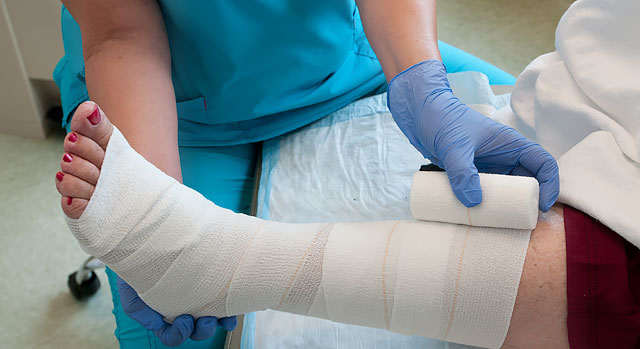Iodine has been in use as an antibacterial agent and a skin disinfectant. In its original form, iodine caused aggravation and pain when applied to wounds, and it has been displayed to inhibit the method of cells arise in wound healing,
These wound care products release continuing low levels of potassium, which binds to proteins, fatty acids, and nucleotides. These products have a broad spectrum of activity against bacteria, protozoa, mycobacterium, and fungi.

Image Source: Google
Cadexomer Iodine
Cadexomer iodine is a slow-release antimicrobial that can absorb excess wound exudate while maintaining a continuing level of iodine at the wound bed.
Cadexomer iodine is available both as a dressing as well as an ointment. In studies, it is more effective in reducing traces of MRSA (methicillin-resistant staphylococcus aureus) and Pseudomonas aeruginosa.
It is estimated that 1 gram of cadexomer iodine can be absorbed up to 7 ml of solution. The iodine is slowly released as the iodine is consumed, which helps to reduce the bacterial load whilst concurrently debriding the wound.
It takes moisture to be triggered. Far from the povidone-iodine dressing that releases iodine immediately upon the program, the sustained release of iodine from the cadexomer iodine dressing does not have a cytotoxic effect.
Studies have shown that cadexomer iodine is effective in healing chronic ulcers, however, one of those serious possible side effects of using iodine for the treatment of wounds is that there's the prospect of the absorption of iodine. Because of this, thyroid function should be monitored in patients using this therapy for extended periods.